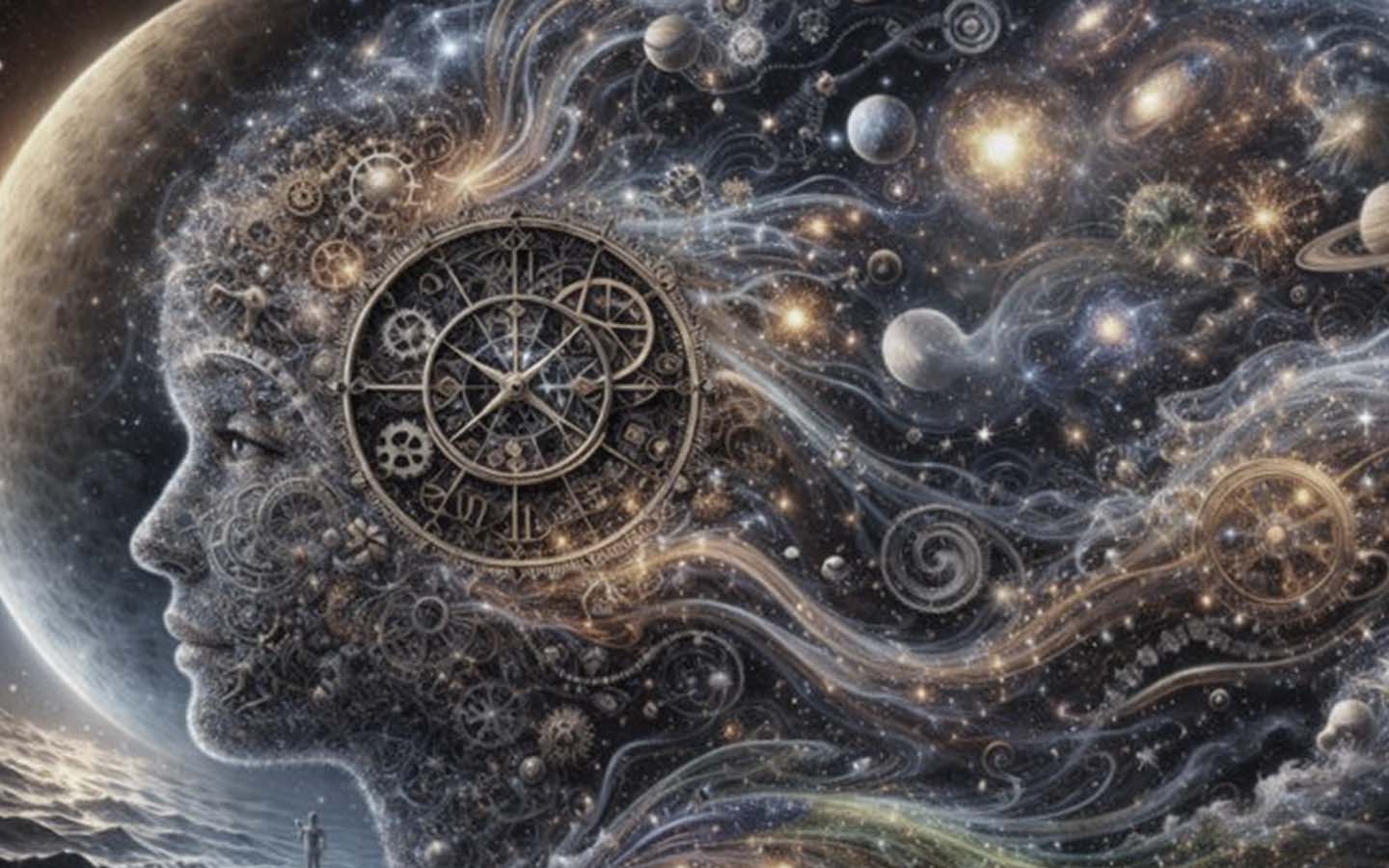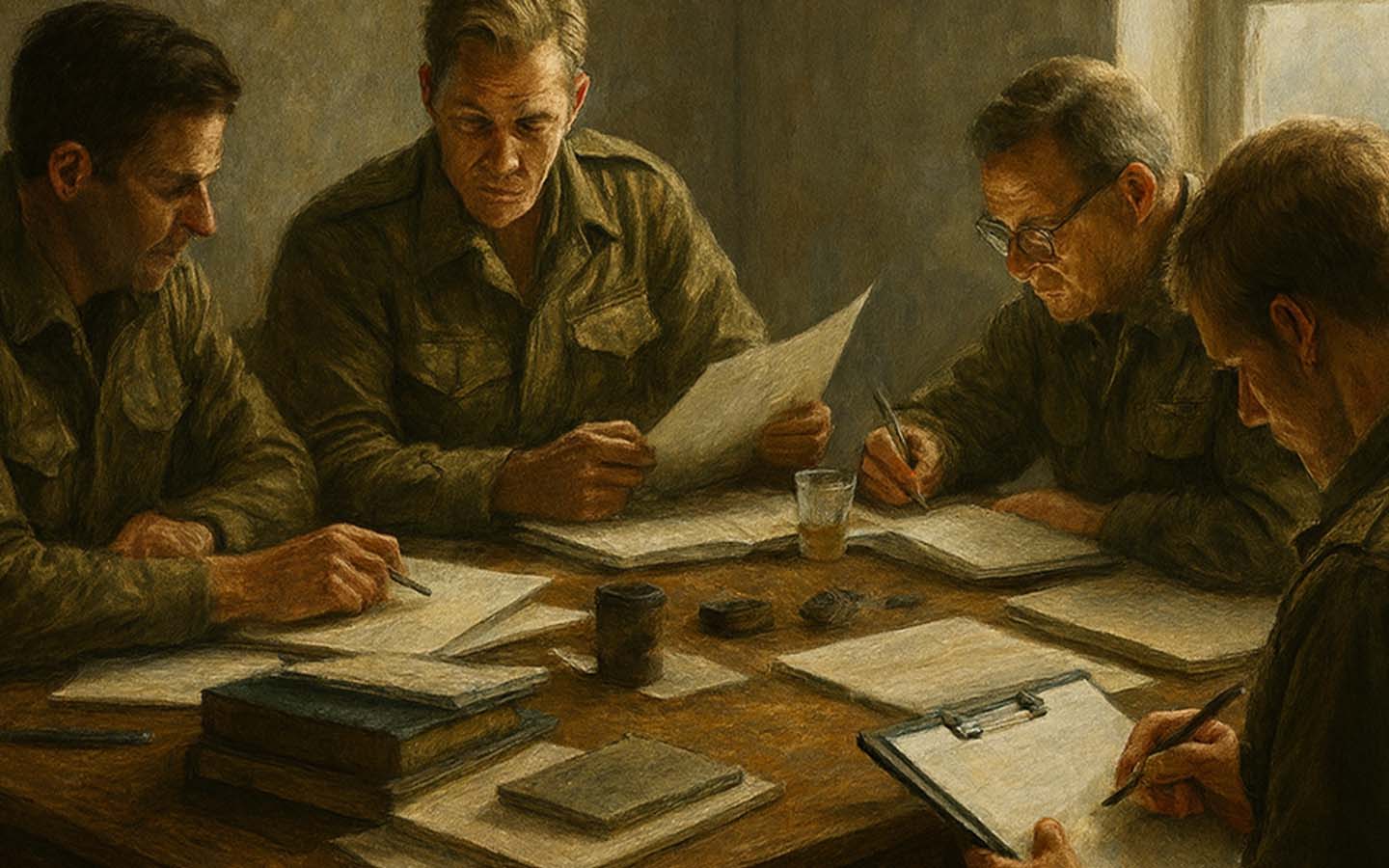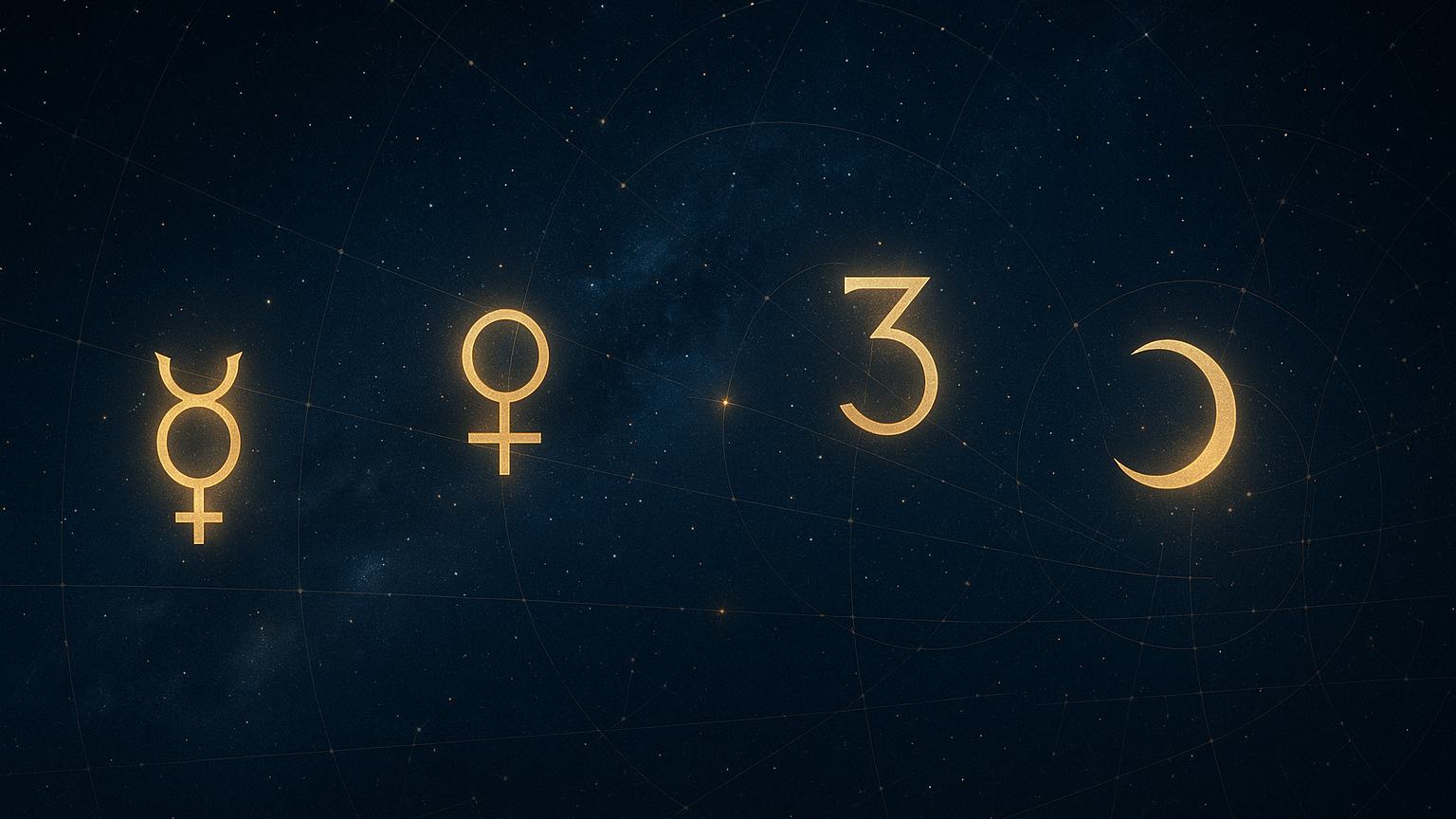Astrology is more than a daily horoscope. Its ancient frameworks describe cycles of growth, collapse, and renewal that mirror both personal and civilizational patterns. Long before modern analytics and climate models, astrologers tracked celestial rhythms to forecast harvests, leadership transitions, and cultural eras. Today, these same cycles can serve as symbolic maps for understanding collective direction and timing.
From constellations to consciousness
The original astrologers were astronomers too. They observed the planetary paths against the backdrop of constellations and noted correlations between celestial motion and earthly events. Over millennia, different cultures—from Babylon to Greece, India, and China—refined their own sky languages. Each system, whether Western, Vedic, or Chinese, encodes how cosmic patterns might reflect cycles in consciousness and civilization.
Planetary archetypes as cyclical forces
- Saturn represents structure, law, and boundaries—the skeleton of societies.
- Jupiter brings expansion, faith, and optimism—the cultural breath of growth.
- Uranus ignites innovation, rebellion, and sudden breakthroughs.
- Neptune blurs and dissolves forms, inviting spirituality or confusion.
- Pluto transforms by destruction and rebirth, signaling endings and new orders.
Reading epochs, not just birthdays
When viewed over centuries, astrology becomes a language of long cycles rather than personal fate. Outer-planet alignments, such as the Jupiter-Saturn conjunctions that occur every twenty years, frame economic and political climates. Generational aspects—like Neptune and Pluto—reflect mass psychology shifts. Understanding these arcs helps thinkers, futurists, and historians detect transitions earlier and contextualize global moods.
Vedic and Western frameworks together
Vedic astrology emphasizes lunar nodes—Rahu and Ketu—as markers of karmic direction. Western astrology emphasizes aspects between planets. When synthesized, they create a more nuanced picture: Rahu’s appetite shows where collective innovation surges; Saturn’s discipline determines what endures. By layering these lenses, forecasters can identify when movements peak, mature, or self-correct.
Cycles of collective evolution
- Industrial and digital revolutions align with Uranus’ long transits through air signs—innovation of networks and information.
- Major spiritual awakenings cluster during Neptune’s passages through water signs—eras of imagination and belief.
- Power restructurings coincide with Pluto changing signs—moments when empires shift and economies reinvent.
Personal resonance with global transits
Individual charts echo global alignments. When a major transit activates your natal planets, you may feel compelled to move, create, or release something significant. Understanding this resonance brings self-awareness instead of fatalism. Astrology thus becomes not a sentence, but a rhythm you can dance with consciously.
Practical ways to use astrological timing
- Journal around eclipses and retrogrades to notice recurring themes and emotional tides.
- Plan launches during harmonizing transits when personal and collective momentum align.
- Use planetary cycles to time introspection, innovation, or rest rather than forcing constant growth.
Ethical use and modern synthesis
- Use astrology as metaphor and mirror, not as predictive certainty.
- Combine with data-driven fields—psychology, economics, climatology—for richer forecasting.
- Respect cultural origins; acknowledge both Western and Eastern contributions to celestial study.
Closing reflection
The ancients saw the sky as a living manuscript, each movement a word in an unfolding story. To look beyond the zodiac is to rediscover a language that links starlight with human striving. When read with humility, astrology becomes less about destiny and more about timing—an ancient rhythm still beating beneath the pulse of modern life.














